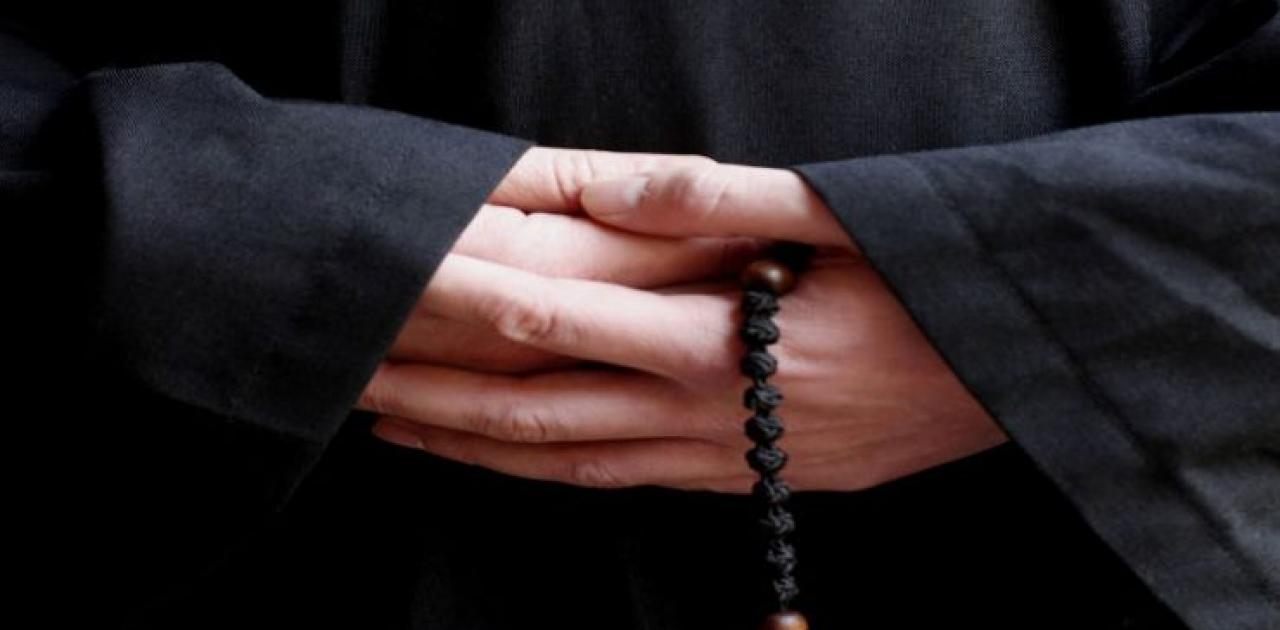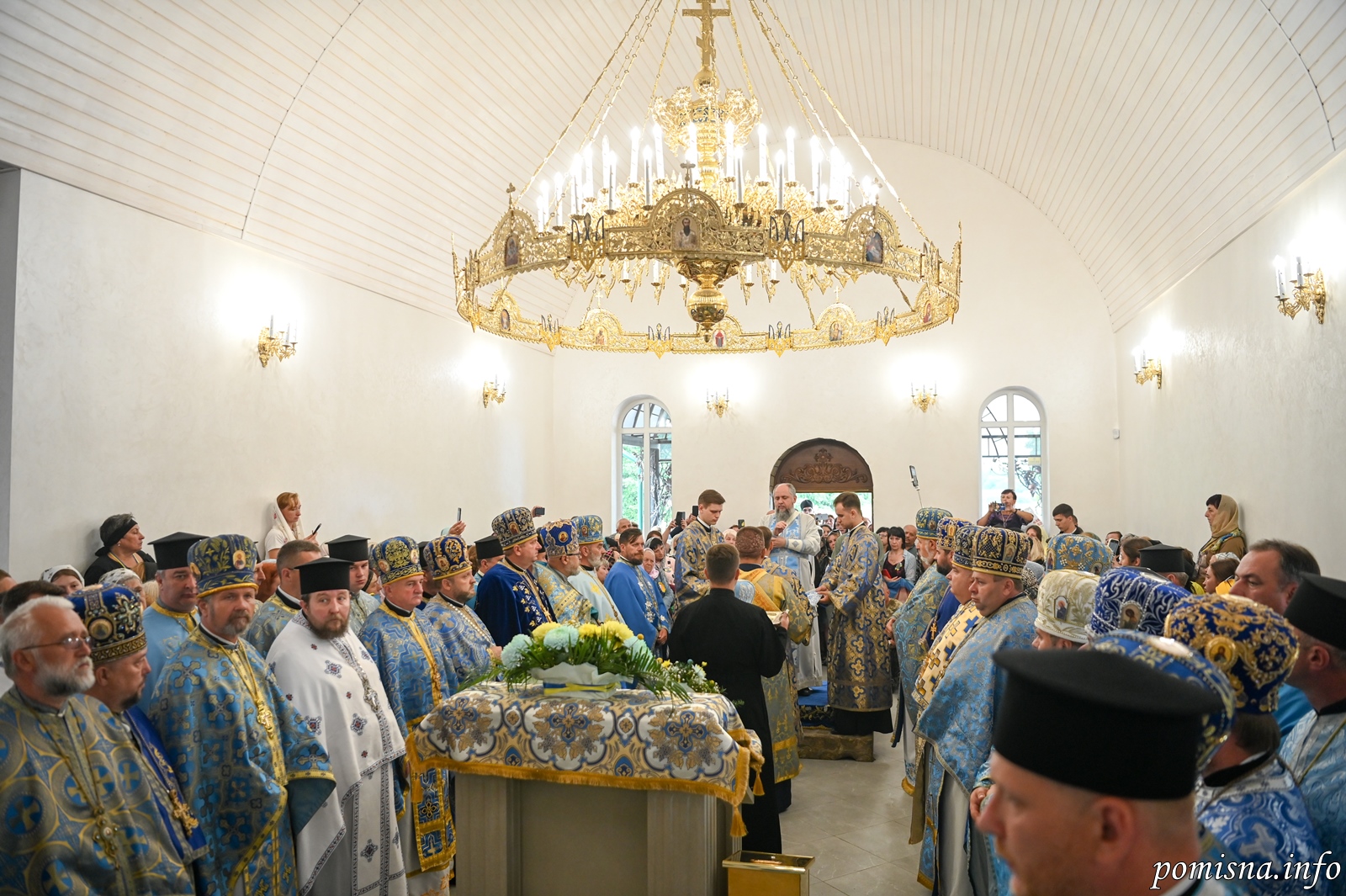Hesychasm, the Jesus Prayer, and the Komboskoini


Hesychasm is a translation of the Greek word ἡσυχασμός, which in turn derives from ἡσυχία, meaning ‘quiet’ or ‘stillness.’ The practice of stillness is associated with cultivating existential or inner peace. It is characterised by the repetition of the Jesus Prayer—“Lord Jesus Christ, Son of God, have mercy on me, a sinner”—as well as respiratory exercises and bodily postures, such as the regulation of breathing while stooping towards one’s navel while seated on a short stool. These practices are supposed to ‘ready’ one for the grace of God that is bestowed upon believers by the latter’s initiative, that is, when and if he chooses. In other words, through this cultivation of stillness and invocation of the Lord Jesus, God, according to his will and purpose, may reveal himself, truly and palpably, to the hesychast. This revelation might take the form of an experience of the divine or Taboric light; a real experience of God in the here and now, just as saints Peter, James and John experienced on Mount Tabor when Christ revealed his glory to them (what we call the Transfiguration described in Matthew 17:1-8, Mark 9:2-8, Luke 9:28-36). Hesychasm has always been part of the Orthodox Church’s spiritual experience, particularly its monastic tradition, and is famously associated with St Gregory Palamas, who had to defend hesychasm against misinterpretations in the fourteenth century. Its practice is addressed at length in the Philokalia (Φιλοκαλία) —which means ‘love of beauty,’ and refers to the love of beauty of the spiritual life—and is a compilation of mostly monastic texts reflecting the Church’s mystical tradition. In the modern translation into English of the Greek Philokalia, the editors importantly stress that
… hesychasm is not something that has developed independently of or alongside the sacramental and liturgical life of the Church. It is part and parcel of it. It too is an ecclesial tradition. To attempt to practise it, therefore, apart from active participation in this sacramental and liturgical life is to cut it off from its living roots. It is also to abuse the intention of its exponents and teachers and so act with a presumption that may well have consequences of a disastrous kind …[1] (G. E. H. Palmer, Philip Sherrard, Kallistos Ware (eds and trans.), ‘Introduction,’ in The Philokalia: The Complete Text Compiled by St Nikodimos of the Holy Mountain and St Makarios of Corinth, vol. 1 (New York: Faber and Faber, 1983), 15.)
Hesychasm should therefore not be undertaken apart from the Church’s life; and should ideally be practised—especially in its more rigid forms or postures mentioned above—under guidance from one’s spiritual Father. Nevertheless, certain aspects of hesychasm, such as focusing on one’s breathing (such as breathing slowly into one’s diaphragm) in order to quiet the thoughts through which temptations come, and the repetition of the Jesus Prayer while standing in front of an icon at set times in the day, is important for all Orthodox Christians, male or female, married or unmarried. This is not the same as meditation, which can be self-centred. Hesychasm instead harnesses the body’s mental and physical rhythms (breathing and control of thoughts) for prayer and is directed towards another person. And this person is God, the Lord Jesus Christ, whom we truly speak to through the Jesus Prayer. Hesychasm is thus humble: while we actively try to focus our mental and physical energies on our Lord Jesus Christ, we must acknowledge our sinfulness and unworthiness in his presence, as indicated by the fact that in the Jesus Prayer we ask the Lord to “have mercy on me, a sinner.”

When we pray, we are often beset by distracting or pernicious thoughts, sometimes because of the mind’s preoccupied or distracted state, sometimes on account of memory, and at other times because of attacks from evil spirits. These thoughts should not disturb us. Instead they should bolster our resolve to continue praying. To assist with focus while saying the Jesus Prayer, Orthodox Christians often use a prayer rope, called a komboskoini (κομποσκοίνι). This rope is usually in the form of a loop, made out of wool, and has at its base a cross. Some prayer ropes have thirty-three knots, representing the years Christ lived on earth. The prayer rope can be used by beginners until, after much experience and by the grace of God, the prayer becomes interiorised in the mind and is said mentally or, in the case of the saints, by the presence of the Holy Spirit.
Believers can say the Jesus Prayer out loud while performing menial tasks, or in front of an icon without a komboskoini: techniques vary in relation to one’s spiritual state and according to the advice one receives from his or her spiritual Father. Finally, it is important to underscore the fact that if we choose to practice the Jesus Prayer, we must not do so with the expectation that God will grant us his grace or visions or anything of that sort, as though the prayer works through cause and effect. This is prideful thinking and could have serious consequences. We must say the Jesus Prayer out of true repentance and desire to participate in Christ out of love for him. In this way, we might be—if God wills it—accounted worthy to experience what the saints have experienced; but this should not be our goal, since it is not up to us, but entirely up to the discretion of our almighty Lord.
**The article was written by Dr. Mario Baghos. First published on the website of the Holy Monastery of St George, Yellow Rock (https://www.stgeorgeyellowrock.org/articles).




